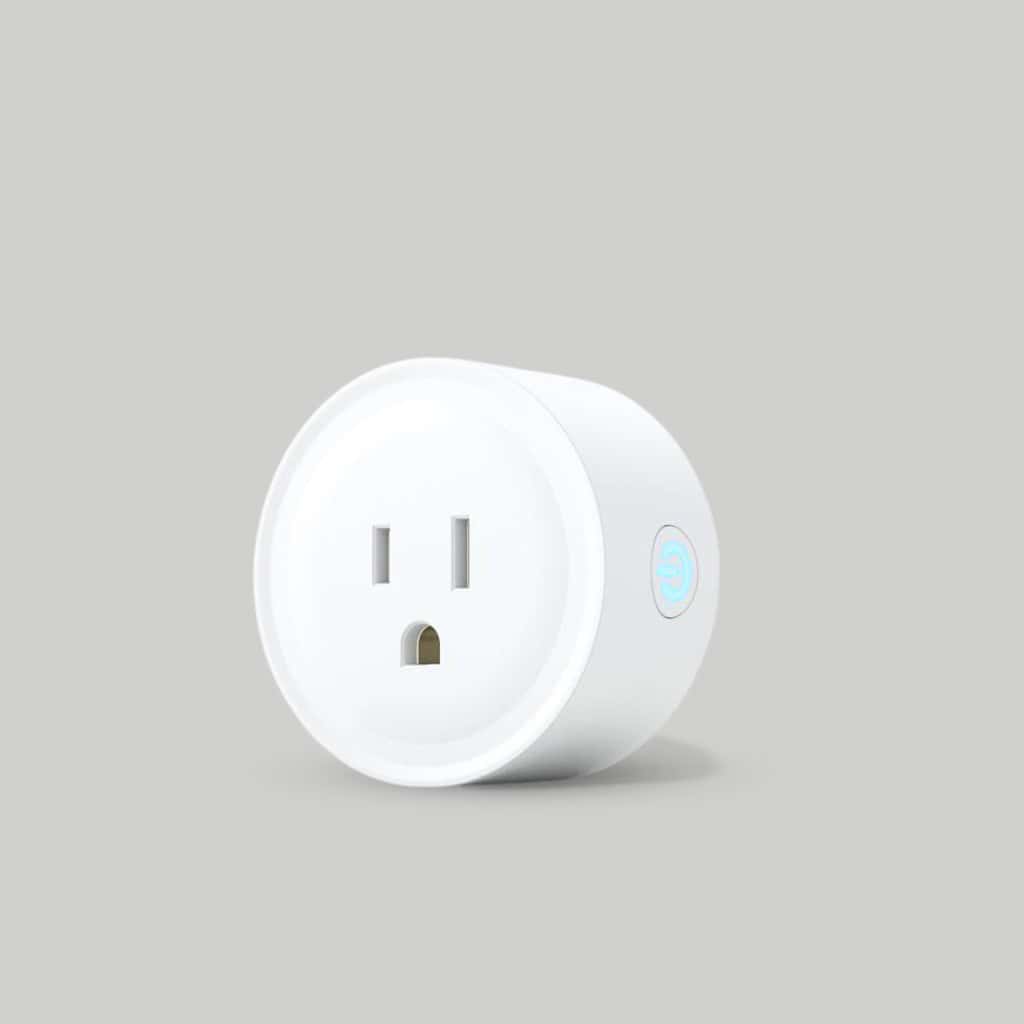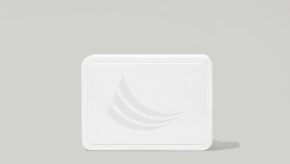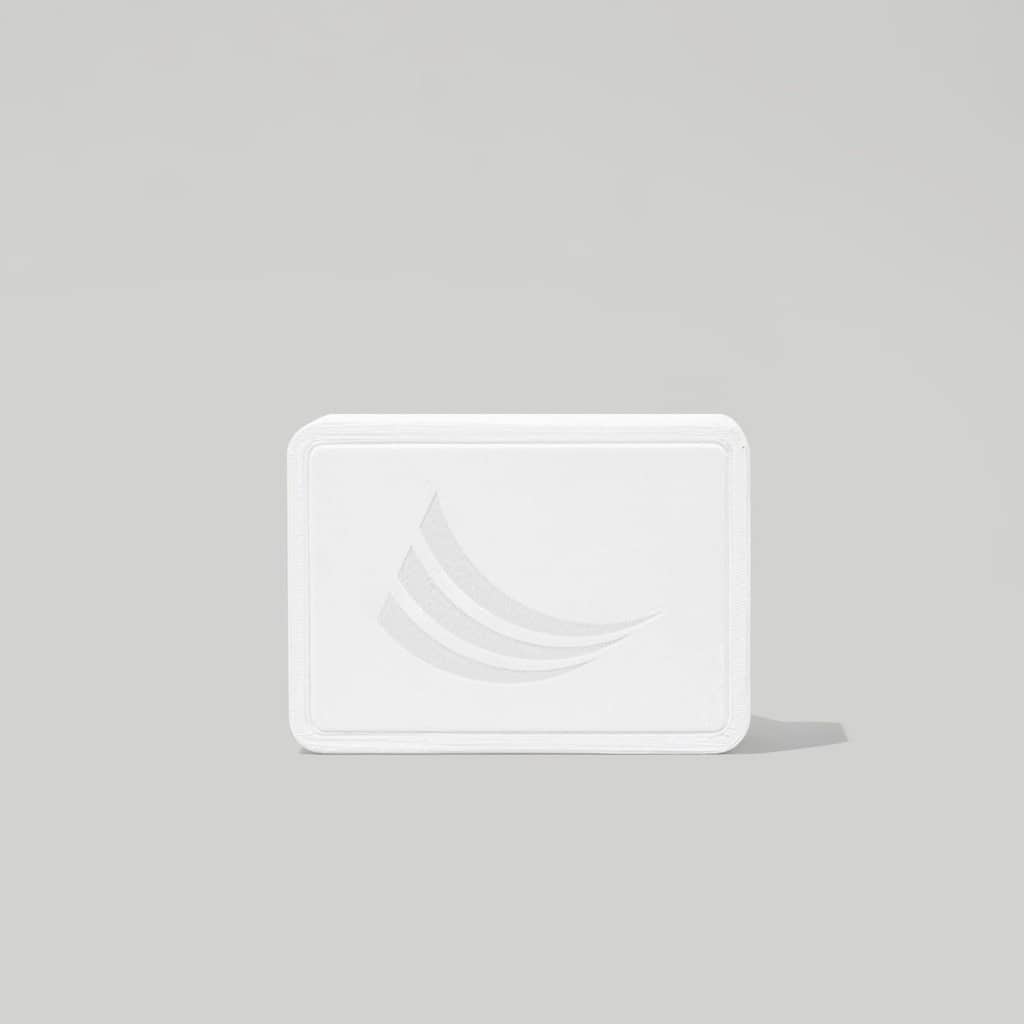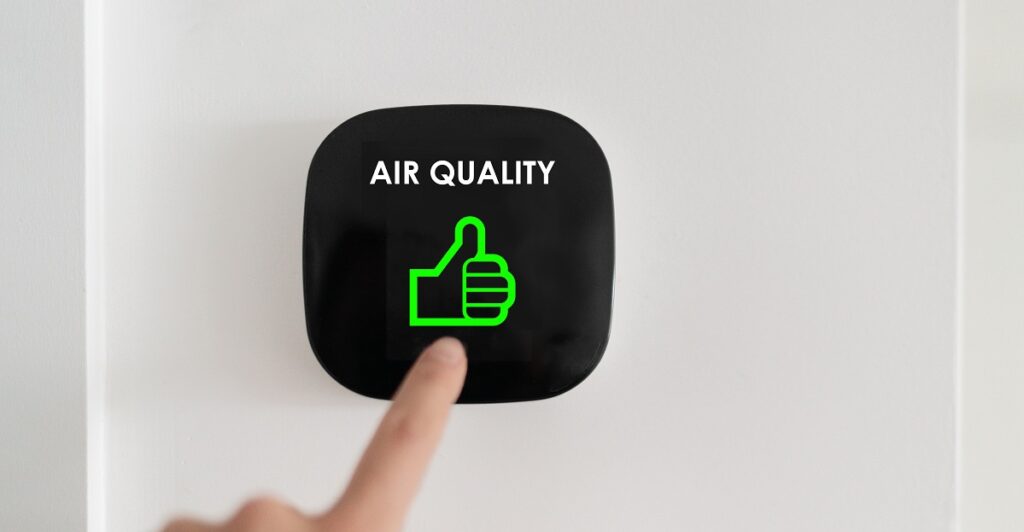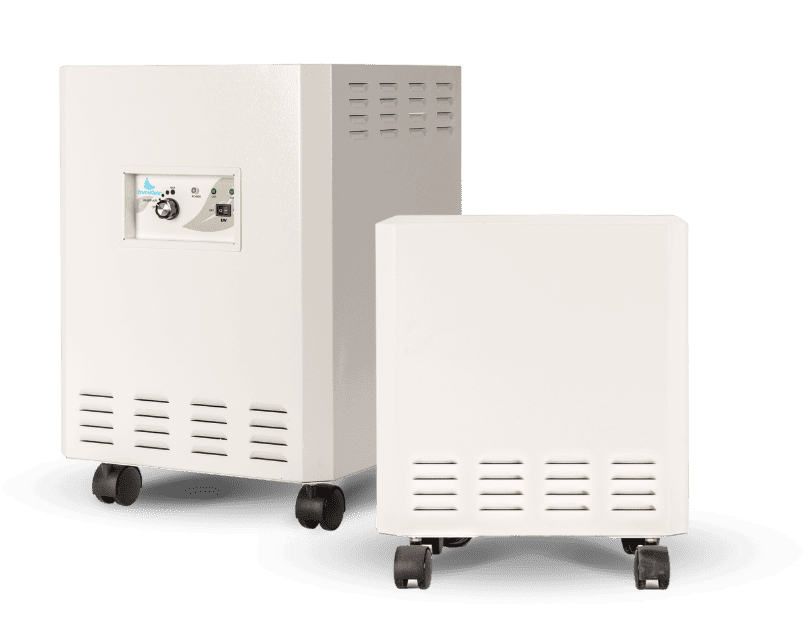Controlling outdoor air quality is next to impossible, but you certainly control the air quality inside your home. Ensuring clean air in your living spaces contributes to better health for your family.
If you or someone in your household has an existing health problem, indoor air quality testing can help you put measures in place to minimize symptoms associated with air pollution.
We’ll discuss how to test air quality in your home in a bit. But first, how do you know it’s time to test the air quality in your home environment?
When To Test Air Quality In Your Home
Knowing the importance of testing indoor air is one thing, but knowing when to do the test is a different ball game. Some common air pollutants like carbon monoxide and radon are odorless and colorless, making it tricky to tell exactly if the air in your home environment is clean or not.
That said, you should do a test if you notice the following signs:
- Unusual odors: Odd smells inside your home might indicate the presence of mold or other pollutants. This is especially true if you notice the odor after a while away from home.
- Sings of poor ventilation: Musty smells in certain rooms and condensation on windows and walls are signs of inadequate ventilation. Window and wall condensation is a sign of mold growth and causes poor indoor air quality.
- Health issues: According to the United States Consumer Product Safety Commission (CPSC), headaches, dizziness, and irritation of the throat, eyes, and nose, are among the most common symptoms associated with poor IAQ. You might have air quality problems if you experience respiratory problems only after spending time at home or if the symptoms develop after moving into a new home.
Here’s something to remember if you live in an older home. In many cases, the building materials used in older homes tend to give off unsafe VOCs. In addition, the outdated designs of older homes increase the chance of poor ventilation.
Due to design flaws in older homes, outdoor pollutants find their way into the home through gaps in improperly sealed windows or attic spaces. Radon may leak into the house from underneath the building, and the older HAVC system may have difficulty filtering the air efficiently, leading to poor IAQ.
To prevent health issues, it is important to test the air quality regularly if you live in an old house, regardless of whether or not you notice any of the above signs.
How To Test Air Quality In Your Home
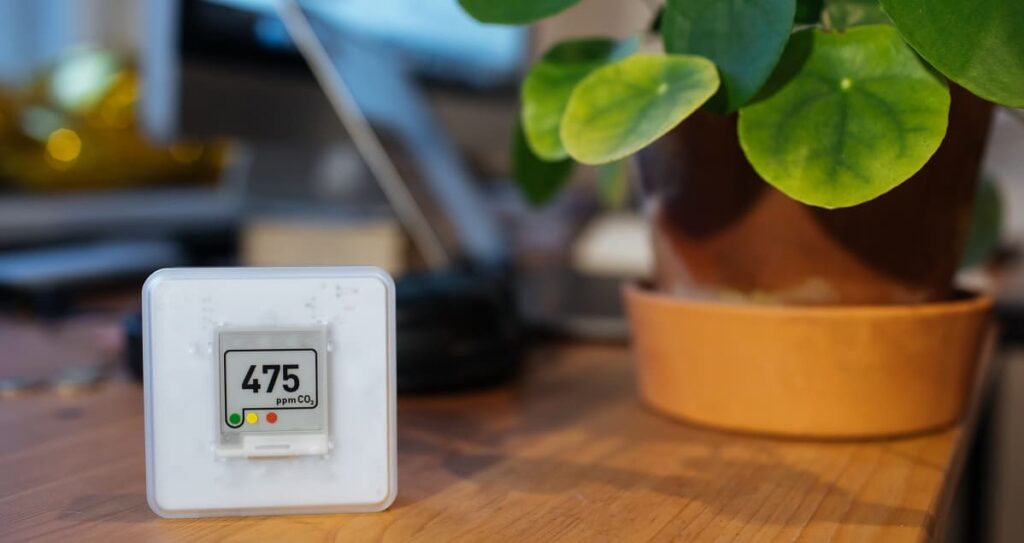
Monitor Indoor Air Quality With An Air Quality Monitor
One of the easiest ways to test air quality is by purchasing an air quality monitor to keep tabs on indoor air pollution levels.
Air quality monitors provide various measurements, but we recommend a monitor that can measure humidity, VOCs, and levels of particulate matter.
The United States Environmental Protection Agency (EPA) describes particular matter as liquid droplets or solid particles in the air, such as dust, soot, and smoke.
Air quality monitors can also read dust mites levels in the air, allowing you to stay on top of the air quality in your home.
Keep Tabs On Carbon Monoxide And Radon Levels
Radon is a tasteless, colorless, and odorless radioactive gas, making it difficult to detect with the human senses. According to EPA, this inert gas is the leading cause of lung cancer among people who have never smoked.
Breathing radon is dangerous and increases your risk of lung cancer. Fortunately, efficient modern home designs give little room for the naturally-occurring gas to leak through cracks into the house.
Like radon, carbon monoxide is a tasteless, colorless, and odorless gas produced by combustion. This means that, unlike radon, carbon monoxide sources are common in most homes and include appliances like boilers, furnaces, water heaters, wood and gas fireplaces, and clothes dryers.
While it may be difficult to completely prevent these gases from entering your home, you can stop them from reaching dangerous levels by Installing a radon monitor and carbon monoxide detector. These devices notify you when potentially harmful gases in your home reach unsafe levels.
Get An Air Purifier
Knowing how to test air quality in your home is pretty useless if you can’t do anything to improve IAQ. Getting an air purifier is one of the smartest things to do once you’ve confirmed air quality issues in your home.
For those with allergies or existing health concerns like asthma, an air purifier can remove pollutants or particular matter from your home, allowing you to breathe easier.
When choosing air purifiers, consider an electronic model that uses a HEPA filtration system to trap and remove pollutants. These models are typically more effective and leave your home with better air quality.
The EnviroKlenz Air System Plus checks all the above boxes and more! The system’s 3-stage filtration process effectively removes pathogens and toxic odors and efficiently captures pet dander, particulate matter, dust, and allergens. The unit is designed to self-clean using internal UVC germicidal bulbs.
Thanks to its portable design, you can easily move it around different rooms in your home, whether you’re looking to remove cooking odors, control allergens, or get rid of mold, dust, and dander.
When To Get Professional Help
Grabbing an air quality testing device or turning on an air cleaner is a good first step if you notice something off with the air quality in your home. Cleaning ducts, pipes, and HVAC vents might also help improve air quality, especially if you notice musty, old-house smells.
However, consider calling in an air quality professional if radon leaks into your home, you suspect carbon monoxide poisoning, or you notice the presence of mold spores in large quantities. Tackling these threats is better left to the professionals.
Don’t forget to seek medical attention if you or someone in your household experiences the symptoms of indoor air pollution.
EnviroKlenz® Medical Disclaimer:
“Any information that is provided on this website is not for the use by any commercial or personal entity without expressed written consent of the blog author. The material and statements illustrated within this blog are not intended to diagnose, treat, cure, or prevent any diseases or medical conditions. Nor does the author in any way guarantee or validate the validity, totality, or efficacy of any claims and will therefore not be held responsible for the content of any claims. Always consult your medical physician for any specific medical advice or recommendations.”
